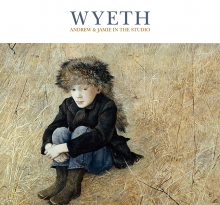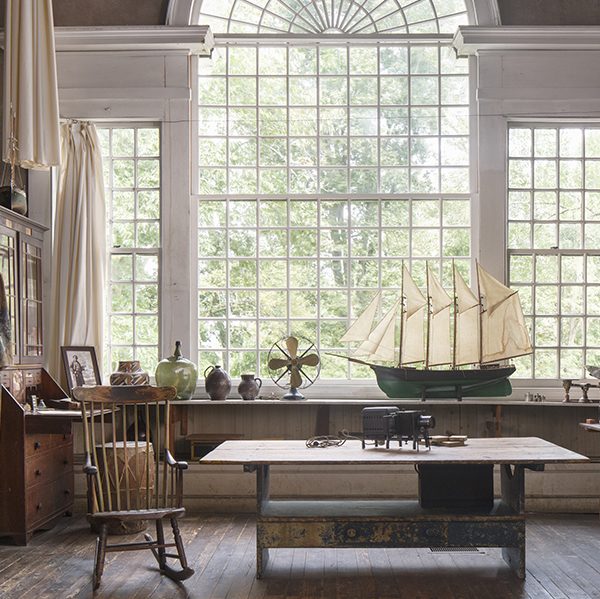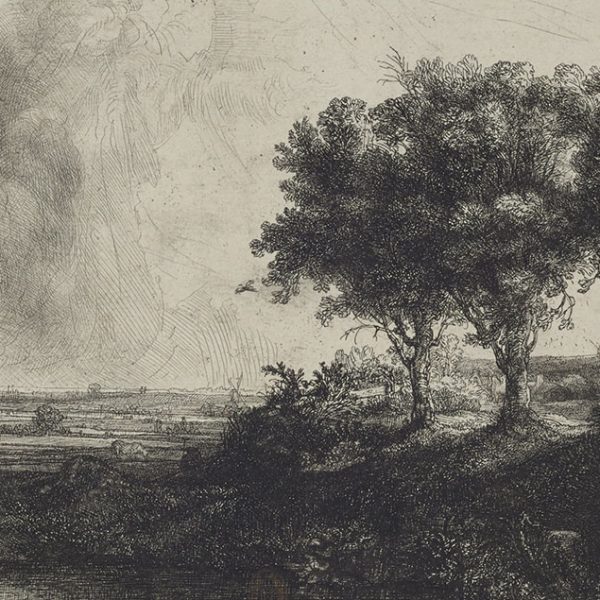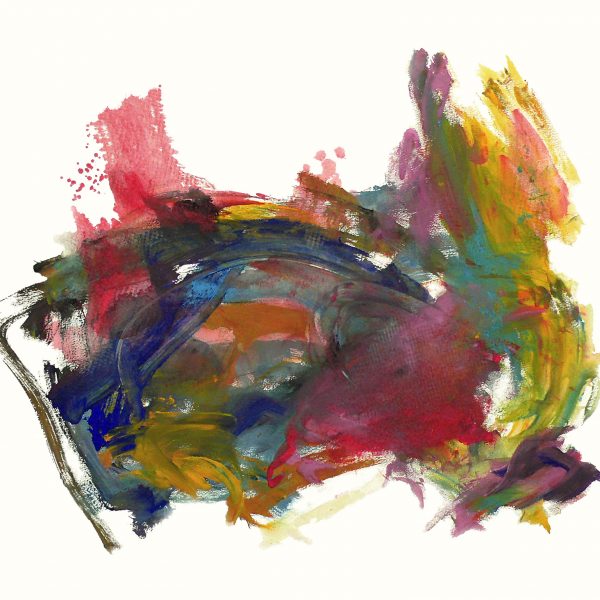Messy Painting and Fleeting Moments… an excerpt from Wyeth by Timothy Standring
 The recently published book Wyeth: Andrew & Jamie in the Studio accompanies a standout exhibition currently on view at the Denver Art Museum. The book’s author, DAM curator Timothy Standring traveled to all of the Wyeth family’s haunts in Maine and Pennsylvania, and his introductory travelogue essay is wonderfully perceptive and generates an eagerness in the reader to learn more, see more of the art produced by both father and son. Here’s an excerpt from that essay.
The recently published book Wyeth: Andrew & Jamie in the Studio accompanies a standout exhibition currently on view at the Denver Art Museum. The book’s author, DAM curator Timothy Standring traveled to all of the Wyeth family’s haunts in Maine and Pennsylvania, and his introductory travelogue essay is wonderfully perceptive and generates an eagerness in the reader to learn more, see more of the art produced by both father and son. Here’s an excerpt from that essay.
July 2011, Betsy Wyeth’s Cottage, Allen Island, Maine
As soon as we crossed the threshold of Betsy Wyeth’s weathered saltbox on Allen Island, six miles off the coast of Maine, Jamie Wyeth donned a fool’s cap with bells tinkling. Blasting a mirthful hello to his mother, he started a lively jig. Eighty-nine-year-old Betsy entered into the dance with a grin on her face as wide as a happy frog’s. The whirling duo struck quite a contrast to the neatly appointed room filled with antique furniture, hooked rugs, and works by her husband, Andrew, and son, Jamie. I wondered if my baseball cap were mad hatter enough as I entered the rabbit hole of the world of Wyeths.
Jamie had taken me from Tenants Harbor to the island on Dreadnought, his custom-built power boat. Standing next to him as he steered the vessel through hundreds of brightly colored, bobbing lobster buoys dotting the seascape, I noticed that he had paint all over his hands. Seeing his stained cuticles—which gave a clue as to what color he was using that day—I reminded him that Andrew, who was prone to dry out his brushes by sticking the bristles in his mouth, or squeezing them with his fingers, was also known to have left his studio with paint marks on his lips and hands. In fact, I said, works by both artists were “messy,” in the sense that their art draws attention to the physical act of drawing or painting regardless of media or subject matter. By alluding to their studio practices, which I believe leads to a deeper understanding of their art, I was beginning to envision how an exhibition might take shape. By looking at how Jamie and Andrew went about drawing and painting, I was soon to discover how similar both were despite outward stylistic differences. But then, I was just excited to be in the moment, heading out to sea.
Tempering my enthusiasm for this project, however, was the dilemma that the two artists were labeled as the best and the worst that American art could produce: conflicting opinions that stem from their adherence to the vernacular of realism. I wanted to circumvent this issue because neither side—pro or con—fully came to terms with what their art is really about. Naysayers thought of “mere” technical abilities and accessible subject matter as lowbrow, while supporters focused attention almost exclusively on subject matter and plausible meanings. I wondered if both camps were looking at the Wyeths from the wrong end of their binoculars, and I sensed that both artists harbored modernist sensibilities that would become clear if we looked at them as painters. After all, the connective tissue running through all of their works, regardless of media or subject, resides in how they used technical prowess to communicate their sensibilities. Both artists were conscious of this, which may explain why both expounded so frequently about how they came to develop their artistic language, studio practice, habits of mind, and personal artistic predilections—all with the goal of expressing emotion through their works.
The debate about where to place them within the braided narratives of American art history also seemed beside the point, largely because both artists treat materials and techniques intuitively, as if their application were second nature. Linking them with the Magic Realists, American Surrealists, or New Realists diminishes the significant role that their individualism played. But let me backtrack slightly. While some of Andrew’s early works do convey a sensibility similar to such movements, his intentions were less aesthetically aligned and, perhaps, more commercially motivated during the early part of his career. Or he may have been trying to please Betsy, who handled the business end of his career. Like many other emerging artists in New York City, Andrew was self-fashioning his artistic persona in order to attract clients. All the accoutrements that go along with becoming famous were in play, and Andrew seems to have had handlers helping him on the road to achieving that status. What ultimately mattered most is that he began to garner enough confidence to follow his own direction, regardless of what was happening during his career.
Jamie’s early career followed a similar trajectory to his father’s: his first one-man exhibition at Knoedler in New York City in 1966 may have been intended to launch him primarily as a painter of portraits, which dominated the checklist. In the introduction to the catalog, American writer, impresario, philanthropist, and cultural figure Lincoln Kirstein pronounced the young Wyeth to be the next great exponent of the genre after John Singer Sargent. High praise indeed, and it seemed to have worked, because the exhibition sold out, just as his father’s first exhibition had. But at this early stage of his career, Jamie, like his father before him, was still searching for his métier and moved on to other explorations.
After spending a little over three years traversing the fingered peninsulas and archipelagos of Midcoast Maine, I began to understand the territory. Tenants Harbor on the east side of St. George Peninsula serves as the launch to Southern Island, just a mile away. Farther down, on the tip, is Port Clyde, where one may embark for Monhegan Island or, in the other direction, head west to Teel Island, or north up the St. George River to Cushing, or further up to Thomaston, where the story of one Fourth of July parade still resonates with me. Andrew, Jamie, and others dressed in mourning garb walked solemnly, grief-stricken, alongside a slowly moving hearse complete with a corpse in a wooden casket (actually, Jamie’s cousin disguised as one). As it passed by the reviewing stand, the hearse lurched forward and the back door popped open. The corpse fell out, ran after the hearse, and dove back in. A woman fainted. Spectators were either screaming or laughing.
Apparently, the apple didn’t fall far from the tree when it came to the Wyeths’ theatrics and macabre sense of humor. Nor did their discipline, habits of mind, and, to some extent, studio practice diverge much between père et fils Wyeth. Together their careers span ten decades. Their artistic dialogue was never overt, but exist it did, even if their artistic results differed. Indeed, their shared sensibilities are now so evident as may surprise us. Both worked in Pennsylvania and Maine in relative isolation from the mainstream art world. Although both were child prodigies, they spent thousands of hours mastering their craft, seeking and finding the universe they sought to show. Both trained as if they were apprentices, learning the fundamentals through progressive exercises that consisted of mastering chiaroscuro by drawing cubes, spheres, and pyramids; studying the elements of composition; and learning how to work with color. These lessons taught them the rewards of discipline and hard work in their efforts to turn technical proficiency into art. Both would acknowledge that the latter is rarely achieved without mastering the former.

























